We all have purchased storage devices a number of times in your life, and we often get disappointed with less than the rated storage capacity, when we connect the same to our computers or other electronic devices. We all got disappointed by it, the first time we purchased a 16 GB flash drive or a 500 GB hard drive.
The more the storage, the more the space we miss, on our storage devices. On a 1 TB hard drive, we get close to around 930 GB, instead of 1024 GB, which means, we don’t get close to 100 GB of storage.
When this seems to be a big number, we often ask the shopkeeper or the salesperson about it, and they try to water up to our inquisitiveness saying, the missing space is inaccessible as it contains the drivers, system files and everything rubbish, the reality, however, is nowhere close to that.
In most cases, they themselves don’t know the reason behind it, and so I am here to tell you the actual reason, why you shouldn’t worry about the missing space. You are not at all getting deceived by the shopkeeper or so. Once you know the reason, you will no longer complain about the missing space.
Why the capacities of storage devices differ on our gadgets from marketed capacities?
So let’s demystify the missing space on the storage devices available in the market.
Let’s just consider, you have got a 16 or 32 GB flash drive. You will expect exactly the same amount of storage on your devices, applying the calculation, you have learned in your high school or college. That is correct, and below is the way, we calculate storage spaces on the devices.
1 byte = 8 bits
1024 bytes = 1 KiloByte
1024 KiloByte = 1 MegaByte
1024 MegaByte = 1 GigaByte
1024 GigaByte = 1 TeraByte
I am keeping away the bigger units of storage away for the sake of our calculation, as it goes on in the same and stereotyped way.
Let me consider, you have got 32 GB flash drive for yourself. The number of bytes, which you should get, is as below.
32 GB = 32 × 1024 × 1024 × 1024 = 34,359,738,368 bytes.
So we, our computer knows, a 32 GB storage device should have that number of bytes.
Let’s now look at, how the storage device manufacturers calculate storage space on devices.
1 byte = 8 bits
1000 bytes = 1 KiloByte
1000 KiloByte = 1 MegaByte
1000 MegaByte = 1 GigaByte
1000 GigaByte = 1 TeraByte
So they keep away the frustrating 24 for the ease of manufacturing the storage devices.
That being said, a 32GB storage device manufactured by a company should have the following number of bytes.
32 GB (as per the manufacturers) = 32 × 1000 × 1000 × 1000 = 32,000,000,000 bytes.
But, our lovely little computers and smartphones don’t understand such manufacturing optimizations and calculate the storage spaces, the way we do.
So, an actual 32 GB storage device, when connected to our electronic gadgets, will show a smaller number as our gadgets will find only 32,000,000,000 bytes instead of that big chunky number I calculated some time ago.
32,000,000,000 bytes, when converted to Giga Bytes comes out to be the following number if the appropriate calculation is applied.
32,000,000,000 ÷ (1024 × 1024 × 1024)
= 29.80 GB
This number is close to the available space, you will get, next time you purchase a 32 GB flash drive.
The same is applicable for storage devices with different capacities. It is applicable for almost all types of storage devices, you will come across, no matter whether they are hard drives, solid state drives or flash drives. It isn’t a mystery at all, so better don’t worry.
The next time you purchase a storage device for your requirements, keep this thing in mind and choose the most appropriate capacity to suit your needs.
Hope the information was quite helpful for you. Do you have any questions in mind? Feel free to comment the same down below.
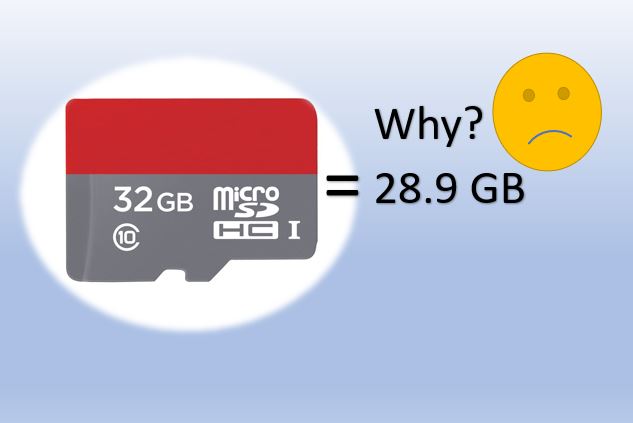

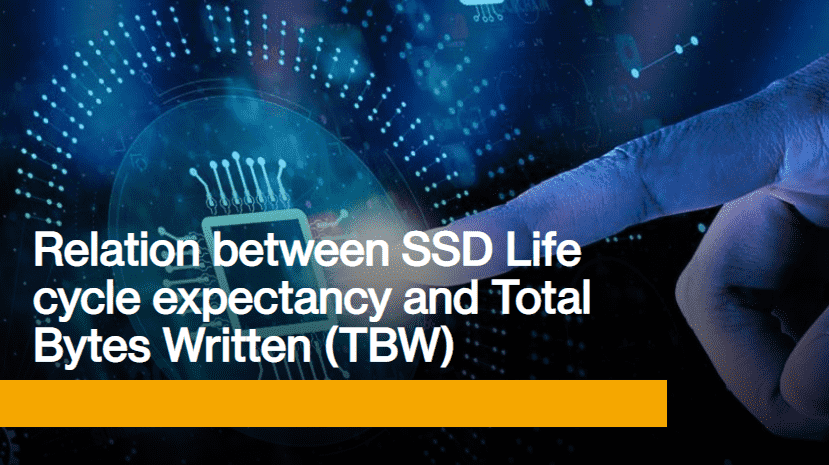
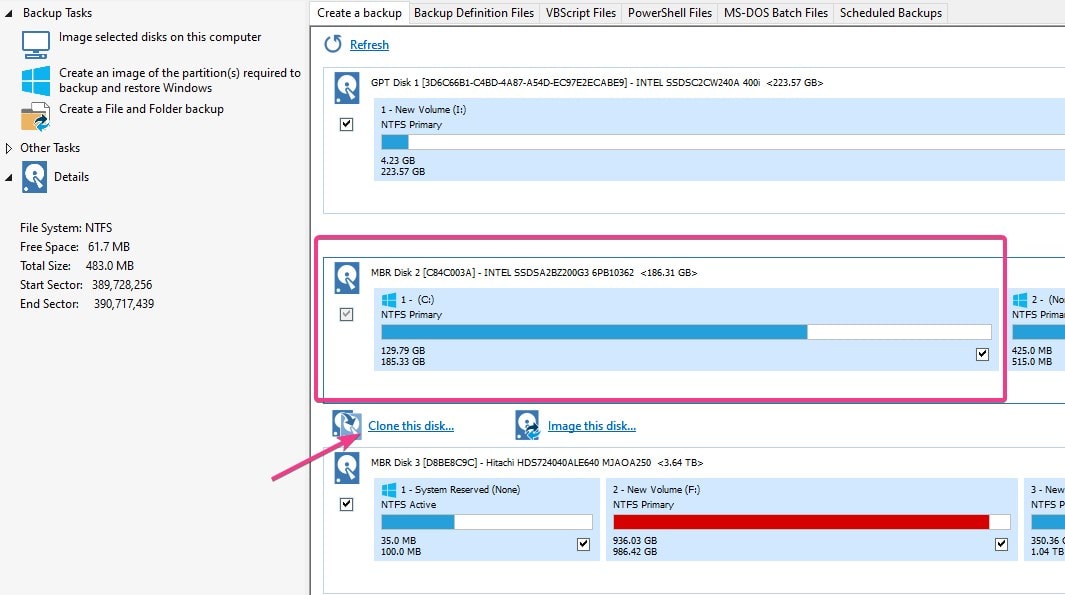
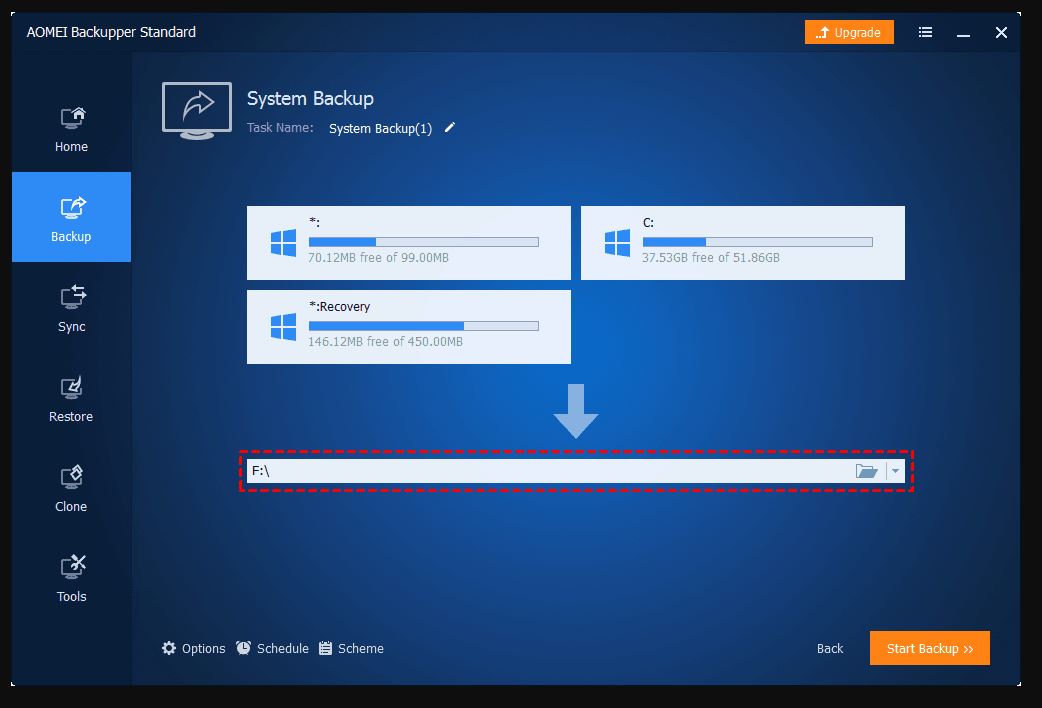
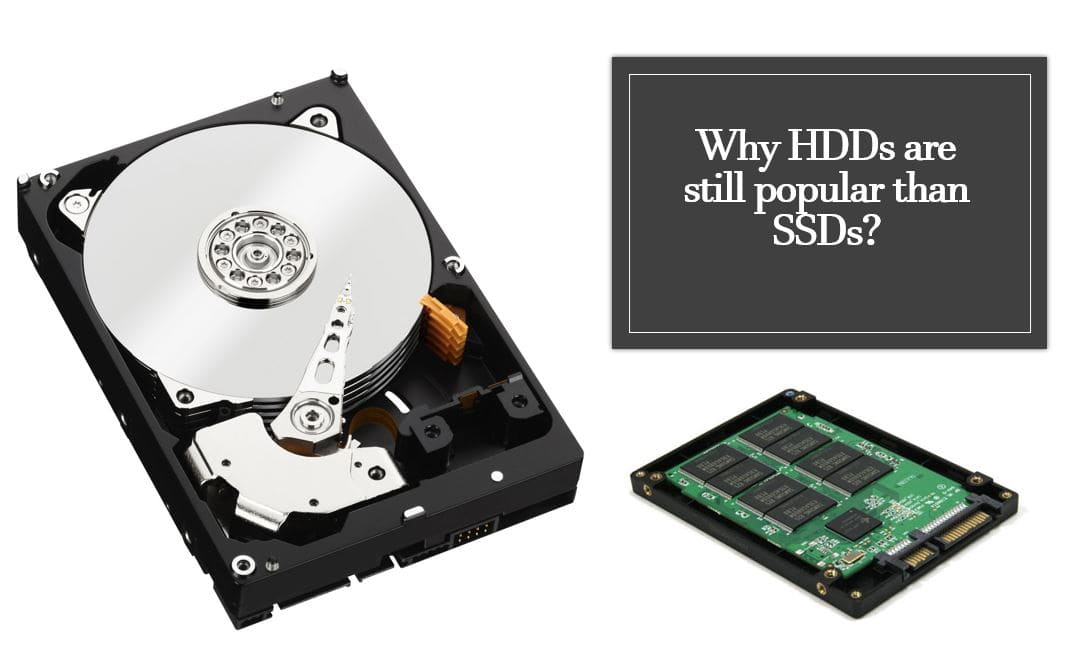

Hi Sarbasish. First off, thanks for the clear and insightful article.
However, I own a SanDisk USB flash drive that was advertised as a 128GB storage device when in fact its true capacity is 124,213,133,312 bytes. When expressed in gigabytes it displays in Windows as a relatively disappointing “115GB” and by your formula, 124.213133312GB. Thus, if the device was truly 128GB the storage capacity would be displayed in Windows as “119.19GB” (i.e. 128,000,000,000 bytes) rather than 115GB.
By the way, I only have this issue with SanDisk flash drives, not HDDs or SSDs, which, when I do the math, have storage capacities that live up to the claims of their manufacturers. For example, I can confirm that my SSD is a true 128GB storage device, though in Windows it will of course be recognised as a “119.19GB” storage device. But the bytes don’t lie and even Windows cannot skew the fact that my SSD has a storage capacity of 128,000,000,000 bytes, and then some. The same results cannot be said for my SanDisk flash drive, which, despite also having an advertised storage capacity of 128GB, does not in practice and not under any technicality to speak of. In this sense, I don’t see how a company like SanDisk can defend the advertised storage capacity of their flash drives, and the cynic in me suggests they do this and get away with it because effectively they have a monopoly on flash drives (and to some extent SD Cards). With other storage devices they have to compete with the likes of Samsung, Toshiba, Seagate, and Hitachi, and this I suggest is why SanDisk and their parent company (Western Digital) can’t pull the same stunt with their own HDDs and SSDs.
Don’t get me wrong; I’m not dismissing your article and all those points are valid. It’s just, in my case it doesn’t quite explain the storage capacity of my flash drive, and in the end I cannot find any justification for the selling of such devices in a manner that is surely a breach of consumer rights and should be called into question.
To be fair to SanDisk, they do at least state that the storage capacity of a flash drive may be less than advertised on the packaging. The problem is they don’t state by how much; so at face value, the extent to which the storage capacity is less is potentially around the minimum storage space consumers will tolerate at the asking price. I dare say, the mere 115GB capacity I mentioned with my flash drive reflects a bottom line tolerance set not by SanDisk, but consumers who will keep their devices after the fact. They could get a refund if they wanted to; but if they must check out with a flash drive regardless, their only real option is to exchange it for another SanDisk flash drive, and potentially, an inferior one. Much like CPU speeds, when it comes to flash drives you’re at the mercy of silicon lottery; but even then, minimum guaranteed storage capacities ought to be stated and should be disclosed to consumers on the packaging and before the fact. Take the Broadband industry for example, manufacturers are obliged by law (at least in some countries) to state minimum download speeds of their broadband services since maximum download speeds are not always attainable in practice (understandably). It should not be difficult to take this principle and apply it to storage devices so that consumers are able to make informed purchases. As for that becoming a reality, I won’t hold my breath.